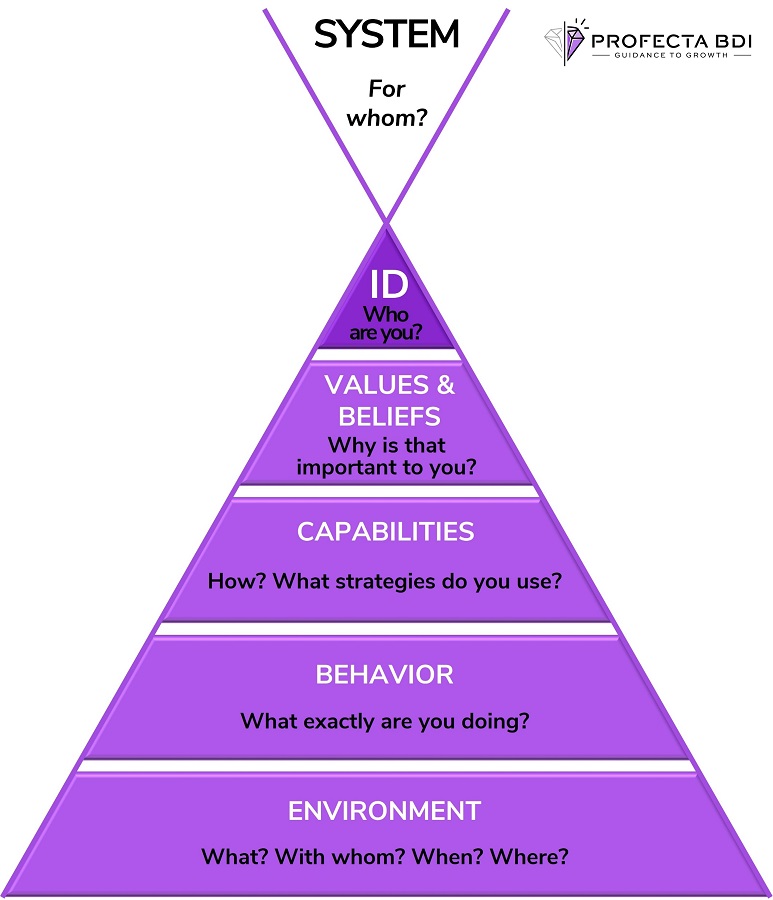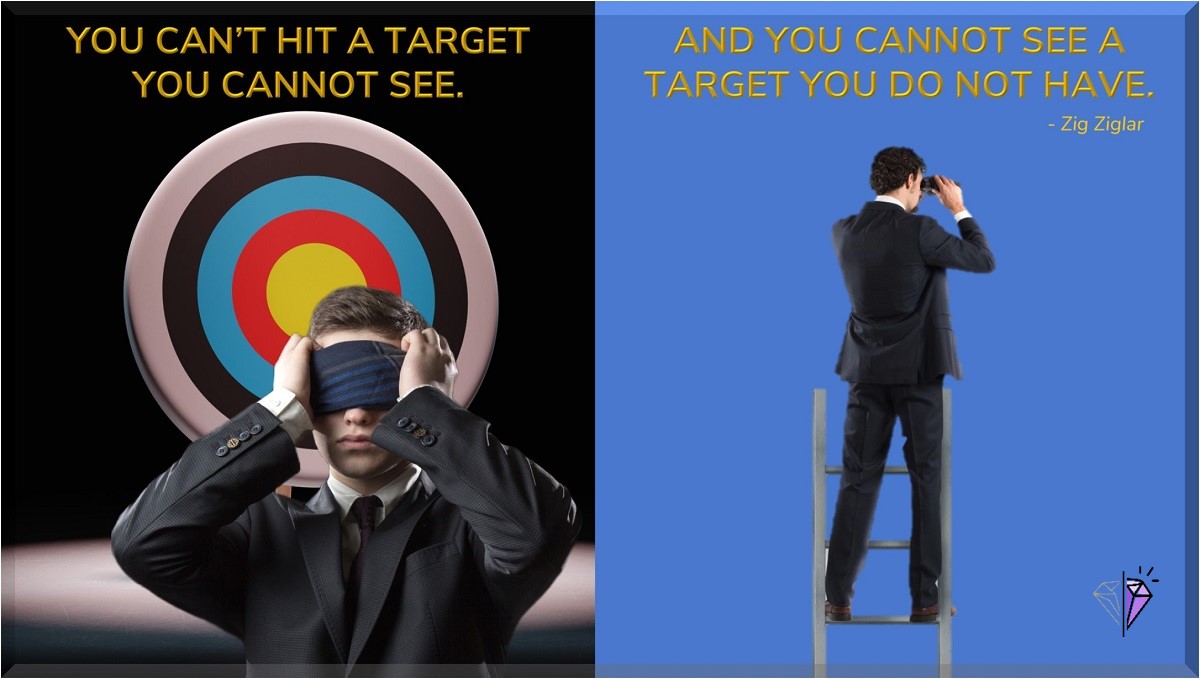- Home
- Resource Center
- Articles & Videos
- Business Goal Setting for Successful LSPs
11 April 2023
| by PROFECTA BDI
Business Goal Setting for Successful LSPs

Sign up for our newsletter on globalization and localization matters.
You've probably tried setting goals using frameworks like SMART, OKRs, and KPIs, or at least read about their benefits. Those who have tried have probably been successful in whole or in part, and some of you haven't been successful at all. And you may be thinking that this is an article from yet another goal-setting preacher.
Findings and secrets to goal setting
And you're probably right, because this is an article about goal setting from a different perspective, based on different frameworks and experiences, after realizing that goal achievement doesn't depend on any one framework, but on a mix of those that you find best for your business. More importantly, goal achievement depends heavily on motivation, discipline, perseverance, team member commitment, and many other "soft" attributes. Easier said than done. That's why I'm going to explain my findings and secrets to you using LSP examples. Then you can consider whether the suggestion makes sense to you and whether you can apply it in your organization.
Five steps of goal setting
This article looks at five steps of goal setting, combining different approaches, but mainly based on Robert Dilts' model of neurological levels:

1. Visualization and the environment
2. Actions, steps and behavior
3. Capabilities, competencies and knowledge
4. Beliefs, values and roadblocks
5. Mission, vision and identity
Visualization and the environment
The first step and the cornerstone of any goal is a clear visualization of the moment of goal achievement. If you know exactly what and when (note the adverb exactly) you want to achieve, you can imagine, for example, the moment when you receive an email from a client telling you that they have accepted your offer for a big project, and you start to think about how to organize the work with your translators. This is important because the image of achieving your goals will give you the first big wave of motivation. As Zig Ziglar said so well: You can't hit a target you don't see, and you can't see a target you don't have.

If the goal is just a mere number of your desired sales or the number of words translated in a certain period, which is fantastic because numbers contribute to goal specificity. However, it's very unlikely that your team members will share your ambition and motivation and identify with the goal as much as you do. Luckily, there are some AI tools like Craiyon that help you build a picture of what you want so you can share it with others and make it more vivid and relatable.
On the other hand, you can also imagine the situation when everything stays the same and you don't reach your goal, for example, when you receive an email from a client telling you that they didn't accept your offer for a big project. Then compare the pictures of goal achievement and non-achievement to further increase your motivation, because you'll also know exactly where you don't want to be. Now that you have the pictures of your desired and undesired goal and when you want to get there approximately, you can also ask yourself:
• What will the goal achievement bring us?
• When exactly do we want to achieve the goal?
• Who can we achieve this goal with? Who can help us?
• Where do we want to perform activities related to the goal?
• What is the target market or market segment?
• What is the environment where we want to achieve the goal?
• What figures will tell us that we are on the right track? What KPIs could we use?
What else do we want to achieve?
Actions, steps and behavior
The second step is to analyze what you could be doing more of, or not doing at all, such as your actions, steps, and phases.
So, in the context of your goal, you can ask yourself the following questions:
• What actions do we need to take?
• What are the steps?
• What are the phases and subphases?
• How should we define the milestones?
• What are our common working practices?
• How do we need to behave in certain contexts?
• How should we communicate internally and externally?
Capabilities, competencies and knowledge
When you can anticipate so many behavioral and procedural aspects of your goal, it's time for the third step. Here you determine if you have enough knowledge, skills, and abilities to support everything you established in the previous step. You get a clearer picture of how achievable and measurable your goal is, and the puzzle begins to take shape. The questions you can ask yourself in relation to your goal are as follows:
• What is our strategy to achieve the goal?
• What tactics shall we apply?
• What are our technological resources such as tools, platforms, apps?
• Who are our internal and external human resources?
• What workflows can help us?
• What are the hard skills that we have and don’t have?
• What are the soft skills that we have and don’t have?
• What knowledge do we have and need to acquire?
• How shall we measure the progress?
Beliefs, values and roadblocks
Now it's time for the “philosophical” part to find the sources of motivation, determination and perseverance. Knowing this, you can form new habits, routines, and discipline that will get you out when you're distracted, disappointed, or demotivated. In the fourth step, ask yourself the following questions:
• Why is this important to us?
• What will the goal achievement bring us?
• How is our company culture supporting us?
• How is our philosophy related to this goal?
• What is inspiring us to pursue this goal?
• What is preventing or stopping us right now?
• Are we somehow self-sabotaging us?
Mission, vision and identity
In the fifth step, you review your highest motives to determine the reason why you do what you do. Without this part, nothing makes sense, and you keep getting the stalemate.
• How is our mission related to this goal?
• How does our goal fit into the vision?
• What is the entire purpose of the goal achievement?
• Who will we be as a company once we achieve our goal?
The motivation of team members
These five steps cover most aspects of goal achievement: specific and simple, measurable and meaningful, achievable and all-encompassing, and time-bound. Still, you can always be unrealistic or biased. Or that there are too many goals in terms of time and capacity, or that you don't have enough competencies. That is why it makes sense to evaluate and review your goals with non-involved parties. The hardest part, however, is getting acceptance and motivation from team members.
Dealing with resistance to change
Often people resist change and prefer to play it safe without taking much responsibility, let alone accountability. Few people are willing to jump on the bandwagon of goal achievement processes. That's why it's important to approach each team member individually and understand each other deeply to have effective communication. To do this, you can at least identify the team members':
• core values in the business context
• motivational direction
• motivational source
A kind of small goal-setting team member profile.
Values as the most valuable starting point
To identify individual core values, you can simply ask each of them what they find most important in relation to their role and their career in general. And what they actually want to achieve on their career path. Once you know all the values, you'll be in the same boat, because you'll be making decisions based on what each of them holds sacred.
Benefits or prevention
Motivational direction tells you what drives a person to act. On the one hand, it can be benefits, rewards, and goals, because these people are energized by goals but aren't good with risks. On the other hand, it can be avoiding pain or preventing mishaps and these people aren't crazy about goals. Therefore, you should look at what they want instead of all the problems they expect. To find out the motivation direction, you could ask them why it's important to have the value they mentioned.
To praise or not to praise
The motivational source tells you how they make their judgments and decisions. That is, whether they rely on their internal voice and reasoning or whether they need external input or opinions. This is extremely important because "internal people" don't need much feedback or praise, while the "external people" are lost without praise, recognition and guidance. The magic question that helps you determine the source of motivation is how they know they've done a good job.
No friction in a well-oiled machine
This type of team member profiling is quite a complex and comprehensive procedure otherwise, but at least these three aspects should help you start the goal-setting journey with more confidence and the valuable contributions of your team members. There’ll be no problems with friction in team communication and relationships as your team will function like a well-oiled machine. What a steppingstone that will enable you to really achieve your goals, isn’t it?

Zoran Metikoš
I help language service providers (LSPs) grow as businesses and their employees grow as professionals by providing unique business development consulting and growth mindset coaching for executives and middle managers. My company, Profecta BDI, not only helps LSPs find new clients, but also grow as companies, professionals and individuals. The stability of the company and a good corporate culture are the foundation for growth. After graduating in Linguistics and Translation in 2003, I started working as a translator and translation tool trainer in SAP localization and eventually worked as a project coordinator, business developer and operations manager at LSPs for 17 years until 2020. After completing my MBA at the School of Business and Economics in 2015, I came up with the idea of helping many LSPs grow and learn how to develop as businesses and professionals. I'm also a certified professional coach and NLP Master Practitioner.


